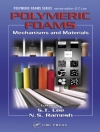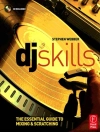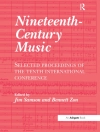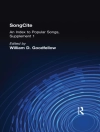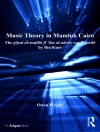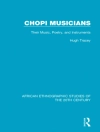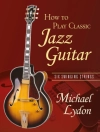The first genuinely interdisciplinary study of creativity in early modern England
In the seventeenth century, the concept of creativity was far removed from most of the fundamental ideas about the creative act – notions of human imagination, inspiration, originality and genius – that developed in the eighteenthand nineteenth centuries. Instead, in this period, students learned their crafts by copying and imitating past masters and did not consciously seek to break away from tradition. Most new material was made on the instructions of apatron and had to conform to external expectations; and basic tenets that we tend to take for granted-such as the primacy and individuality of the author-were apparently considered irrelevant in some contexts.
The aim of this interdisciplinary collection of essays is to explore what it meant to create buildings and works of art, music and literature in seventeenth-century England and to investigate the processes by which such creations came into existence. Through a series of specific case studies, the book highlights a wide range of ideas, beliefs and approaches to creativity that existed in seventeenth-century England and places them in the context of the prevailing intellectual, social and cultural trends of the period. In so doing, it draws into focus the profound changes that were emerging in the understanding of human creativity in early modern society – transformations that would eventually lead to the development of a more recognisably modern conception of the notion of creativity. The contributors work in and across the fields of literary studies, history, musicology, history of art and history of architecture, and their work collectively explores many of the most fundamental questions about creativity posed by the early modern English ‘creative arts’.
REBECCA HERISSONE is Head of Music and Senior Lecturer in Musicology at the University of Manchester.
ALAN HOWARD is Lecturer in Music at the University of East Anglia and Reviews Editor for
Eighteenth-Century Music.
Contributors: Linda Phyllis Austern, Stephanie Carter, John Cunningham, Marina Daiman, Kirsten Gibson, Raphael Hallett, Rebecca Herissone, Anne Hultzsch, Freyja Cox Jensen, Stephen Rose, Andrew R. Walkling, Amanda Eubanks Winkler, James A. Winn.
สารบัญ
Introduction – Rebecca Herissone
‘Big with New Events and some Unheard Success’: Absolutism and Creativity at the Restoration Court – Andrew R. Walkling
Creativity on Several Occasions – James A. Winn
Author, Musician, Composer: Creator? Figuring Musical Creativity in Print at the Turn of the Seventeenth Century – Kirsten Gibson
Published Musical Variants and Creativity: An Overview of John Playford’s Role as Editor – Stephanie Carter
Space, Text and Creativity in the Late Sixteenth and Seventeenth Centuries – Raphael Hallett
The ‘Artificial Sceane’: The Re-creation of Italian Architecture in John Evelyn’s
Diary – Anne Hultzsch
Telling what is Told: Originality and Repetition in Rubens’s English Works – Marina Daiman
Plagiarism at the Academy of Ancient Music: A Case Study in Authorship, Style and Judgement – Stephen Rose
A meeting of Amateur and Professional: Playford’s ‘Compendious’ Collection of Two-Part Airs,
Court-Ayres (1655) – John Cunningham
‘Creating’ Cato in Early Seventeenth-Century England – Freyja Cox Jensen
‘Our Friend Venus Performed to a Miracle’: Anne Bracegirdle, John Eccles and Creativity – Amanda Eubanks Winkler
Music and Manly Wit in Seventeenth-Century England – Linda Phyllis Austern
เกี่ยวกับผู้แต่ง
JOHN CUNNINGHAM is a Reader and Director of Research at the School of Music and Media, Bangor University.



